Nut
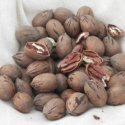
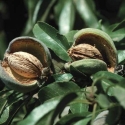

.jpg)
READ MORE
READ LESS
PAGE 1 2 3 4 ALL aka Almond Nut. This almond is simply stunning in flower and blossoms for a long period. The large, soft shelled almonds are produced prolifically and ripen early. This Almond is self fertile and is a good pollinator for other varieties. Happiest in a sunny position away from harsh wind and frost. Deciduous. Almond 402 GQ Expected Stock Height: 100/120 cm ? New stock expected Beginning of July, 2026. Waitlist now. Estimated price TBA. Payment on order.
aka Almond Nut. I guess the name says it all - a self fertile Almond that is highly recommended for home orchards. Produces heavy crops of soft-shell nuts with a sweet flavour. Suitable for Northern districts as requires less winter chill than other varieties. Plant in a sheltered position. Deciduous. Almond All In One GQ Current Stock Height: 180/200 cm ? Container: 8-10l ? $66.99 Stock of this item is very low. Almond All In One Expected Stock Height: 180/200 cm ? New stock expected Beginning of July, 2026. Waitlist now. Estimated price TBA. Payment on order.
aka Almond Nut. This Almond is noted for its lovely flavour and has a medium sized nut with a soft shell. Good drainage and a sunny position is required. Semi-self fertile. Deciduous. Hardy. Almond Burbank GQ Expected Stock Height: 180/250 cm ? Currently sold out. New season fruit-and-nut trees available next winter. Add to your waitlist to be advised when next in stock. aka Dwarf Almond Nut. A highly ornamental yet productive dwarf form of the edible almond. Beautiful soft pink spring blossoms followed by medium sized sweet nuts enclosed in soft, well-sealed, fuzzy shells. Self fertile form but would probably do better with a partner. Plant in a sunny sheltered spot. Deciduous. Almond Garden Prince Dwf GQ Current Stock Height: 50/110 cm ? Container: pb18 ? $79.99 Almond Garden Prince Dwf GQ Expected Stock Height: 40/60 cm ? New stock expected Beginning of July, 2026. Waitlist now. Estimated price TBA. Payment on order.
Almond Garden Prince GQ Expected Stock Height: 80/100 cm ? New stock expected Beginning of July, 2026. Waitlist now. Estimated price TBA. Payment on order.
aka Almond Nut. A top producing Almond that has large oval nuts that have a sweet flavour. The tree has a neat upright habit. Almonds do best in a sheltered position that protects the early spring blossom from cold wind and harsh frost. Partially Self fertile. Pollinate with Monovale. Deciduous. Almond IXL GQ New stock expected Beginning of July, 2026. Waitlist now. Estimated price TBA. Payment on order.
aka Almond Nut. For those of you who want to 'grow' a little nuts this Almond is an excellent choice. Regular and reliable bearer of strongly flavored nuts. Good disease resistance and self fertile, a good pollinator for most other varieties. Happiest in a sunny position away from harsh winds. Deciduous. Almond Monavale GQ Current Stock Height: 150/180 cm ? Container: pb18 ? $66.99 aka Almond Nut. A self-fertile selection that produces large soft shelled nuts. The nuts can be gathered as they drop in autumn or by shaking the tree. Almonds are quite hardy but as they blossom in winter (around August) plant in a sheltered position. Trees usually start producing after 3 years. Deciduous. Almond Self-fertile GQ Expected Stock Height: 220/240 cm ? New stock expected Beginning of July, 2026. Waitlist now. Estimated price TBA. Payment on order.
aka Chestnut Nut. Chestnut Nut trees have always been popular with the keen orchardist but you do need quite a bit of space for them. Medium to large, high quality, sweet nuts ripen about March and fall free of their prickly 'burr'. Very heavy crops on mature trees. Self pollinating. Deciduous. Worth a try. Chestnut 1005 Expected Stock Height: 70/100 cm ? New stock expected Middle of July, 2026. Waitlist now. Estimated price TBA. Payment on order.
aka Hazelnut or Filbert Nut. Hazelnuts are highly valued for their delicious taste plus the fact that they are high in protein and unsaturated fat. 'Barcelona' is a vigorous grower that produces large nuts in great quantities. Pollinate with Merveille De Bolwiller or Butler. Deciduous. Hazelnut Barcelona Expected Stock Height: 50/90 cm ? Currently sold out. New season fruit-and-nut trees available next winter. Add to your waitlist to be advised when next in stock. aka Hazelnut or Filbert Nut. Hazelnuts are highly valued for their delicious taste plus the fact that they are high in protein and unsaturated fat. 'Ennis' is an abundant cropper with nuts that are large, tasty and attractive. Deciduous. Hazelnut Ennis Expected Stock Height: 100/130 cm ? Currently sold out. New season fruit-and-nut trees available next winter. Add to your waitlist to be advised when next in stock.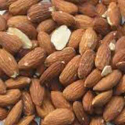
Almonds like well drained soil and will not tolerate a heavy wet soil in winter. Choose the right position and you'll be able to go nuts!
Habit: Upright
Leaves: Deciduous, Green
Mature Size 7-10 yrs (HxW): 5m x 3m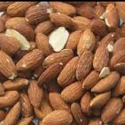
Almonds blossom in late winter around about August and for this reason it is good to plant them in a sheltered position where the blossom won't get damaged by strong winds or heavy frost. This variety will grow in warmer climates.
Habit: Upright
Leaves: Deciduous, Green
Mature Size 7-10 yrs (HxW): 4.5m x 3.5m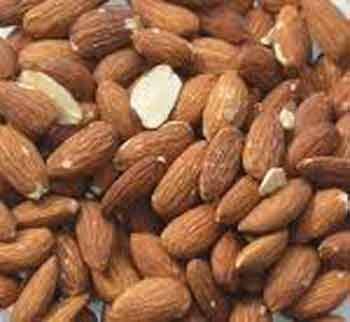
Almonds blossom in late winter around about August and for this reason it is good to plant them in a sheltered position where the blossom won't get damaged by strong winds or heavy frost.
Habit: Upright
Leaves: Deciduous, Green
Mature Size 7-10 yrs (HxW): 5m x 3m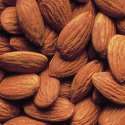
'Garden Prince' is suitable for container growing. This variety is well suited for dryer northern areas of the country as well as all other regions of NZ.
Habit: Upright
Leaves: Deciduous, Green
Mature Size 7-10 yrs (HxW): 2.5m x 2.5m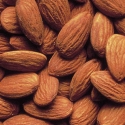
Habit: Upright
Leaves: Deciduous, Green
Mature Size 7-10 yrs (HxW): 4m x 3m
Habit: Upright
Leaves: Deciduous, Green
Mature Size 7-10 yrs (HxW): 4m x 3.5m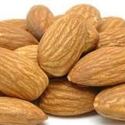
Habit: Upright
Leaves: Deciduous, Green
Mature Size 7-10 yrs (HxW): 5m x 3m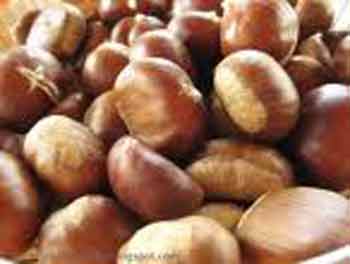
Grafted, fruit when 3-5 years old.
Habit: Upright
Leaves: Deciduous, Green
Mature Size 7-10 yrs (HxW): 10m x 6m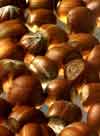
Harvest your Hazelnuts as they drop in February and March. Dry thoroughly prior to storage. 'Barcelona' is used extensively throughout the USA in the Hazelnut industry as it is such a top performer.
Habit: Upright
Leaves: Deciduous, Green
Mature Size 7-10 yrs (HxW): 4m x 3m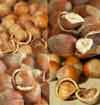
Harvest Hazelnuts as they drop in February and March. Your nuts should be dried thoroughly before storing away.
Habit: Upright
Leaves: Deciduous, Green
Mature Size 7-10 yrs (HxW): 4m x 3m
HL Nurseries Limited t/a Wairere Nursery
826 Gordonton Road, R D 1, Hamilton 3281 Ph: (07) 824 3430 Email: